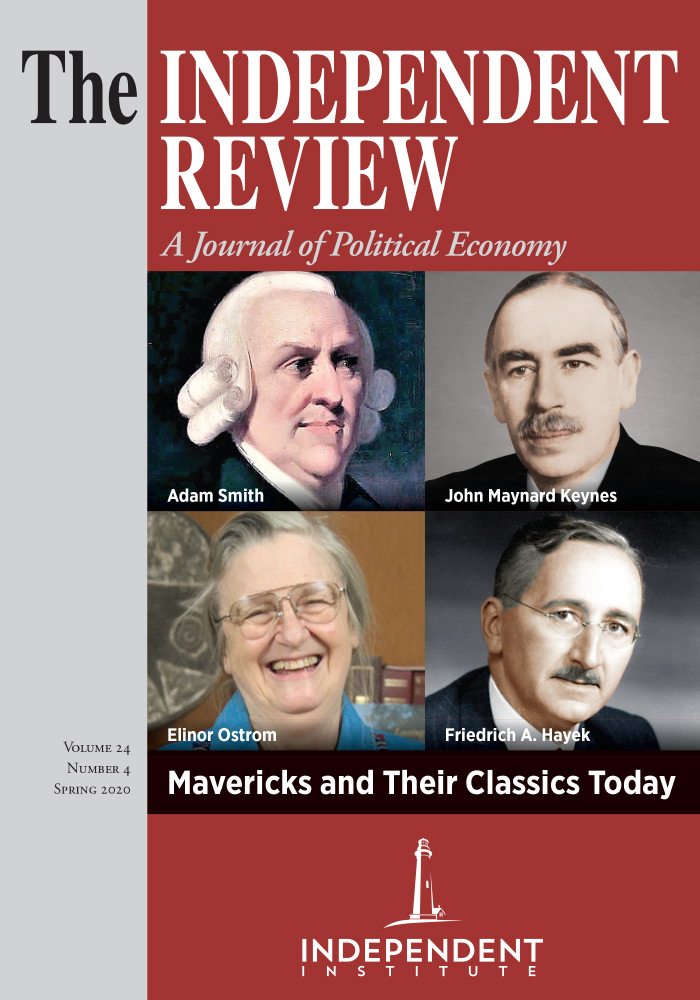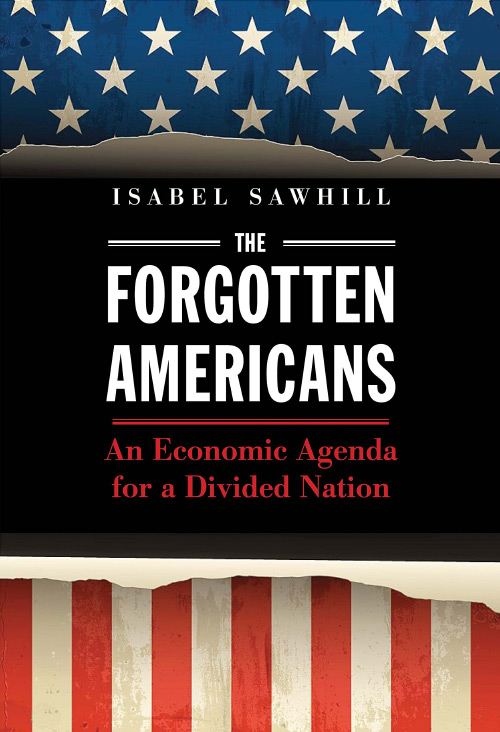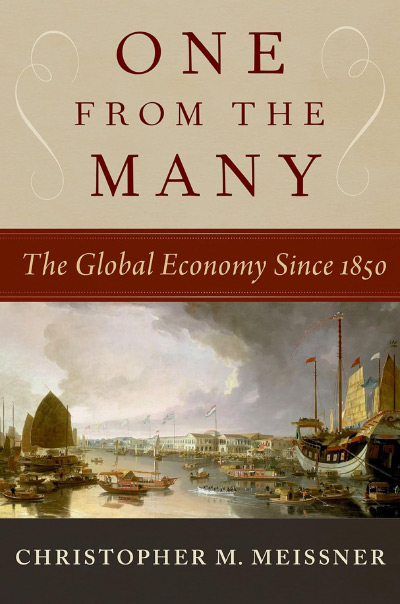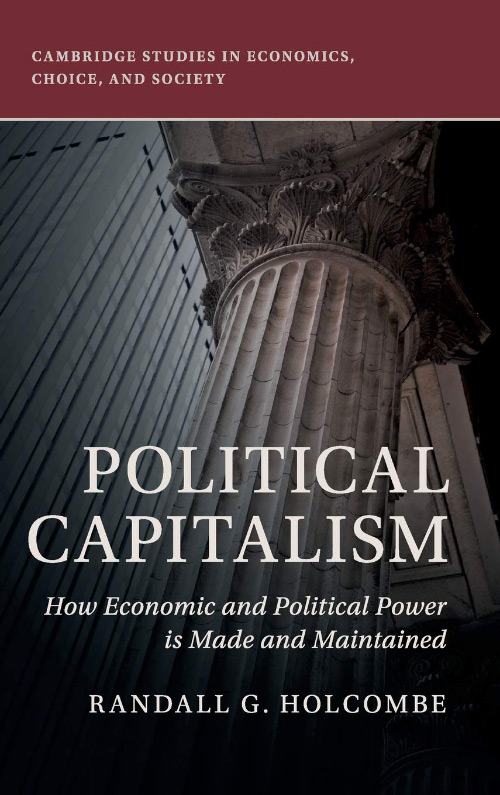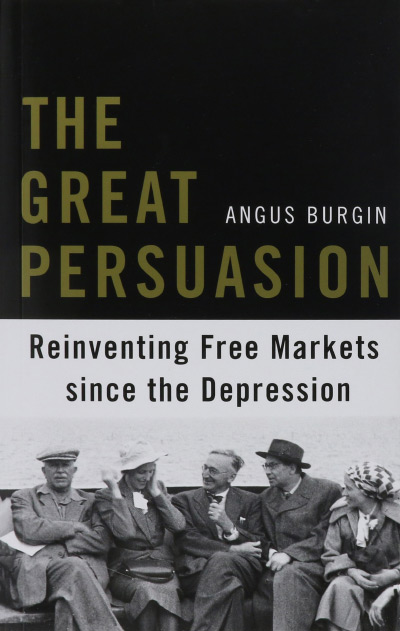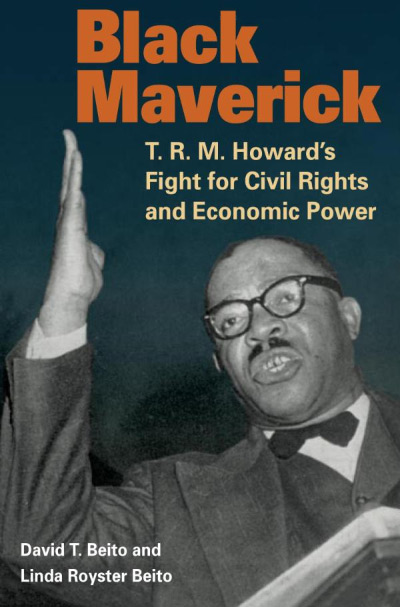Isabel Sawhill, senior fellow at the Brookings Institution, is concerned about the economic prospects of a large plurality of families and workers she labels the “forgotten Americans.” She is troubled not just about the economic uncertainties of these working- and lower-middle-class families, but also for what the specific challenges confronting this group of voters implies for the political future of the United States. Her book provides a detailed analysis of the many financial difficulties facing these “forgotten Americans,” how she believes these problems have produced deep political divides leading to the 2016 election of Donald Trump (a result by which she was “dumbfounded”), and reforms the author believes might bridge these divides by addressing the uncertain and sometimes dire circumstances faced by this overlooked demographic.
Sawhill is not covering entirely new ground in addressing this topic. Charles Murray took up many of the same themes in great detail in Coming Apart: The State of White America, 1960-2010 (New York: Crown Forum, 2012), as did Tyler Cowen in Average is Over: Powering America Beyond the Age of the Great Stagnation (New York: Penguin Group, 2013). Sawhill’s analysis and policy recommendations stem from a center-left political philosophy, what she herself calls “radical centralism” but might be labeled “progressivism light.” For example, she is more concerned about rising income and wealth disparities than promoting higher economic growth, and while claiming to be a “fiscal hawk,” prefers addressing budget deficits and federal debt through tax hikes as opposed to broad-based spending cuts. Nonetheless, the author is an accomplished economist, so even while acknowledging her own priors, her observations are grounded in a balanced application of economic reasoning. Far from revolutionary, she walks a fine line between conservative and progressive, attempting to build a winning political coalition that might gain enough support to ratify “an economic agenda for a divided nation.”
Sawhill defines the “forgotten Americans” as working-age adults (twenty-five to sixty-four) with less than a four-year college degree and family incomes below $70,000 a year (p. 3), people from families that fall in the bottom half of the income distribution and represent about 38 percent of the working-age population. Most are not in poverty, but as Sawhill’s data illustrate, their real incomes have been relatively flat for decades. Economic growth is unrepresentative of their fortunes and belies their lack of progress. Their occupations are overwhelmingly blue- or pink-collar. They mop the floors, clear the tables, process the paperwork, drive the trucks and forklifts, and stock the shelves of the modern marketplace, and include a fast-dwindling contingent of low- and mid-skilled factory workers. As consumers, they enjoy benefits from recent technological advances. But as workers, they face the looming threats of job obsolescence and wage stagnation arising from the combined forces of automation and globalization. Most “played by the rules,” finished high school, sought work, and waited until marriage to have children, what Sawhill calls “the success sequence” (p. viii). Nonetheless, many in this demographic feel as if the “American Dream” has passed them by. Some are resentful of their white-collar counterparts with “cushy desk jobs” that pay higher wages and offer better benefits (p. 29). The forgotten Americans are largely white, geographically isolated in small cities and rural towns, tend to be politically conservative, doubt the benefits of open immigration and free trade, are religious, and, most disturbing to Sawhill, exhibit a strong distrust of government.
This last trait presents a dilemma for Sawhill, since the policy proposals she instinctively recommends rely on faith in government and “confidence in institutions.” As the author laments, “We now come to a troubling catch-22. The major vehicle for improving the lives of forgotten Americans is public policy. But if the public has lost trust in the ability of government to address their problems, then what are those in public office to do?” (p. 35). The answer given by the typical reader of The Independent Review may be: “get out of the way so that the market can direct these folks into fruitful employment and more satisfying lives.” But this response will not do for our author. She is too confident in the problem-solving instrument of government to accept such resignation, and is skeptical of unconstrained market verdicts. From her perspective, the market is often the source of the problems confronted by the forgotten Americans who are frequently vulnerable to structural economic change and likely to emerge on the losing end of “creative destruction.”
Are the forgotten Americans the innocent victims of circumstance? Or is their predicament, in part, a result of self-inflicted wounds linked to the choices they have (or have not) made? Sawhill admits, many in this demographic have greatly resisted economic change, fought tooth and nail to avoid some form of post-secondary education in spite of the significant wage premium to be earned, have an inflated view of their market value accompanied by excessive reservation wages. As a group, they have crowded themselves into a narrowing swath of routine semi-skilled jobs for which there is rapidly-declining demand. The result: excess labor supply and stagnant or falling real wages. Many have dropped out of the labor force rather than adapt to change, especially less-skilled working-age men. As Sawhill documents, the labor force participation rate for white working-class men dropped from 93 percent in 1971 to 80 percent by 2015 (p. 18), with many now relying on supplemental disability payments from the federal government for much of their income. The irony, not lost on Sawhill, is that even as this group of workers without college degrees claim to want “a hand-up, not a handout,” they are more willing than ever to rely on government transfer payments in spite of their conservative political leanings (p. 27). They express disdain for Big Government, but rely increasingly on federal transfers and means-tested safety nets, even as they harbor resentment and blame government for their shame. Not unrelated, as Sawhill points out, has been the decline in marriage rates among the white working class, dropping from over 80 percent in 1971 to below 60 percent in 2015, leading many jobless men to live with aging parents and turn to substance abuse as a coping mechanism.
Sawhill attributes these problems to a lack of “good-paying jobs,” concluding that the market has failed this group. But the problem is not a lack of rewarding jobs, of which there are many if one has the requisite skills. The problem for the forgotten Americans, it seems, is a lack of low-skilled jobs that pay above-market wages, coupled with an inability (or unwillingness) to adapt to change. This is not a market failure, but a failure to respond to the signals that markets are loudly sending. Wage differentials and rising inequality between low- and high-skilled labor are a feature, not a bug, of the marketplace. The error is in assuming that jobs are “created” expressly to suit the existing skills of a particular class of workers. But jobs are correctly understood as a byproduct of the demand for the goods and services workers produce. The dynamism of the market requires workers to adapt to the changing value of their labor reflected in wage and price signals. The forgotten Americans, it appears, are resistant to such change. They support “honest hard work” except when it involves post-secondary education or training.
Sawhill argues that well-crafted “centrist” policies might nonetheless “nudge” the working class into “good jobs,” not by disruptive trade barriers or restoration of obsolete manufacturing work, but by lowering out-of-pocket costs for education or vocational training and boosting wages in existing and emerging service professions. Given their resistance to economic change in spite of the often troubling tradeoffs that befall the forgotten Americans, one seriously wonders whether additional policy reforms would have an impact. Sawhill believes they can, but hedges her bets and cautions readers not to expect miracles.
Unfortunately, Sawhill’s proposals include some of the “usual suspects” among progressives: a $12-per-hour federal minimum wage, expansion of the earned income tax credit for childless workers, additional revenues from steeper estate taxes, more progressive income taxes on the wealthy, and a value-added and/or carbon tax that she hopes would replace the current federal income tax for all but top wage-earners. The twist in her proposal is to direct additional revenues toward a reform of social insurance, providing work-related safety nets that would enlarge and broaden the Social Security program for support of community-college education, vocational training, and mid-career re-skilling of workers, a “G.I. Bill for the working class” (p. 186). Sawhill suggests that a well-funded Social Security program, placed on sound financial footing by raising the retirement age and eliminating the withholding cap on payroll taxes, might create a pool of funds available to workers not just after retirement, but during their working years when these funds could be tapped in an emergency, provided they are used only for work- or education-related expenses. This would be combined with tax-credit incentives for firms to increase profit-sharing and employee stock-ownership plans, intended to spread the wealth of economic growth more widely down the income distribution. Sawhill envisions an interconnected web of market incentives, government safety-nets, and income subsidies for education and training, but only as a reward for work, policies she thinks align with the political sensibilities of working-class Americans who want “a hand-up, not a handout.” What Sawhill seeks, fundamentally, is a middle-way agenda combining both government and market forces that might appeal to (or, more cynically, placate) working- and middle-class Americans, galvanizing majority support that she believes could bridge political divides, restore faith in government, and most importantly, improve the prospects of the forgotten Americans lest they continue to support populist politicians like Donald Trump.
It seems probable that the projected revenues from her mix of tax increases would fall far short of the expenditures necessary to shore up and expand the safety net of an already-insolvent Social Security program. Tax hikes on labor or a higher minimum wage raise employee costs, dampen labor demand, and shrink the tax base. Estate tax revenues are notoriously tricky to forecast, historically comprise a small fraction of federal receipts, and are subject to evasion through the tax code. A consumption tax in the form of a broad-based VAT or carbon tax would likely generate more robust revenues. But if the European experience is any guide, Sawhill’s goal of actually substituting consumption taxes in lieu of income taxes seems improbable, leading to a significant expansion in government taxing powers.
A better method of assisting the forgotten Americans lies not in more government safety nets, but in removing government roadblocks that unduly increase their living costs. The low-hanging fruit would be housing and health care. Federal policy might make grants to state and local governments conditional on full repeal of restrictive land use ordinances that unduly constrain the supply of housing in metropolitan areas, reducing housing prices and making it easier for working-class families to relocate closer to higher-paying urban jobs. Market-based reforms in health care might also lower medical costs, reducing expenses that burden the budgets of many working-class families. Finally, price inflation, even if modest in recent years, deprives working families of many of the gains that might have been realized from globalization and technological advances, reducing the purchasing power of what meager savings they may have. Ending expansionary monetary policy that fetishizes inflation targeting might permit supply-side deflation to spread beyond the consumer electronics industry into the broader price level, potentially raising real incomes of the forgotten Americans through the back door of more widespread reductions in the cost of living.
The Forgotten Americans is a valuable contribution to our understanding of the struggles of working-class families in America. Sawhill’s data-rich presentation of the economic trends for this group is valuable in its own right, even if her policy proposals appear flawed and myopic. For this reader, an additional weakness is in tactics. It appears the author wishes to bribe the forgotten Americans with political favors, combining tax hikes on the rich with an expanded life-time safety net for workers, hoping they will depart from their populist impulses and join a coalition of center-left progressives. That is unlikely. What the forgotten Americans need is not restored faith in government, but a greater appreciation of markets.
| Other Independent Review articles by Tom Lehman | |
| Fall 2015 | Countering the Modern Luddite Impulse |

